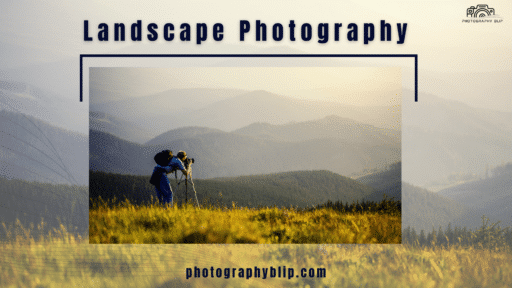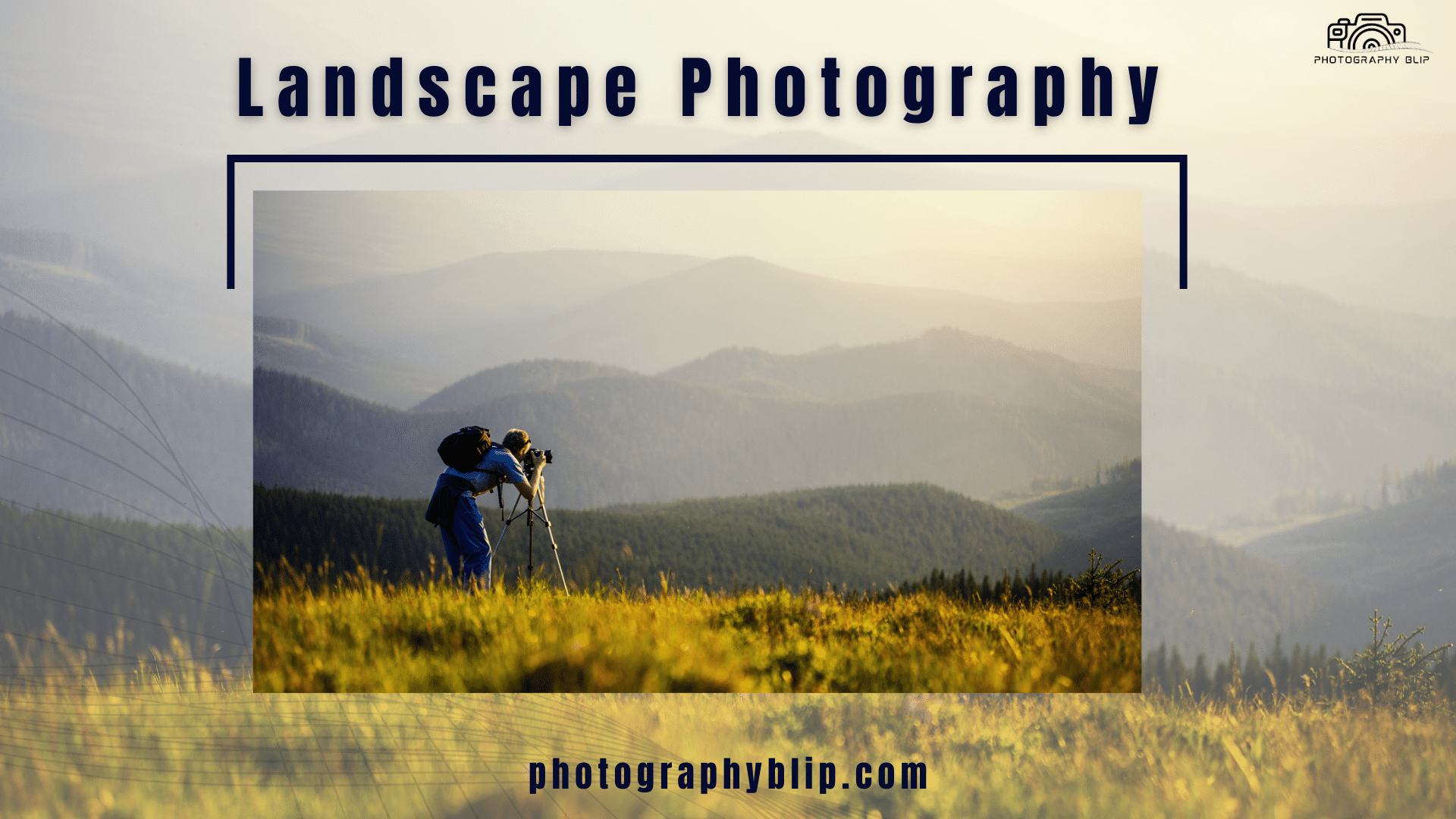Where are my photography aficionados who love capturing the raw allure and splendor of nature in their cameras? Whether you are heading up to seize the falling leaves with autumn photography or just the rustic majesty of rocks and scenic views, landscape photography has always been a fad for avids. So, in this article, we have covered every facet of this photography trend so you can improve your skills and become a pro.
What is Landscape Photography?
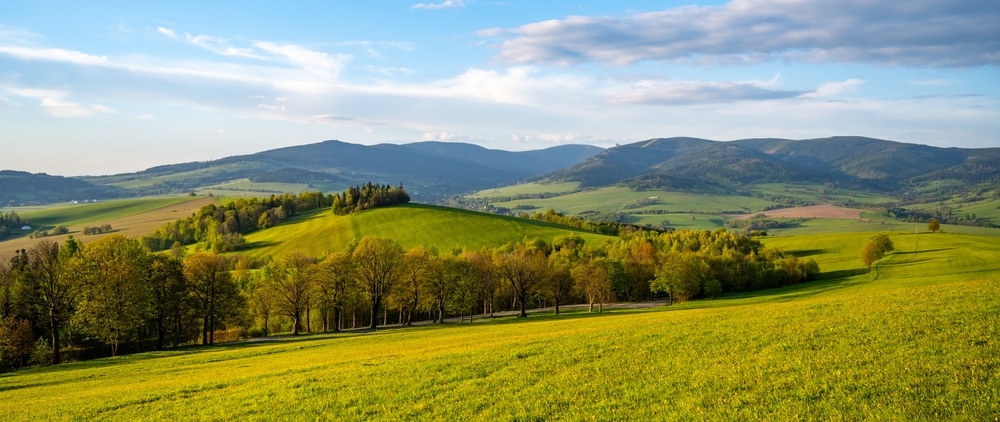
If you’re a bit unsure about the definition of landscape photography, fear not. Landscape photography is the art of capturing natural scenes through photography, a medium that allows us to reflect their grandeur, beauty, and ambiance. The primary goal is to convey the essence of a place by highlighting its unique qualities and the emotions it evokes. In this genre, a blend of technical mastery, artistic vision, and a deep reverence for the natural world is often required, as Ansel Adams so brilliantly demonstrated in his masterpiece.
Important Tools for Landscape Photography
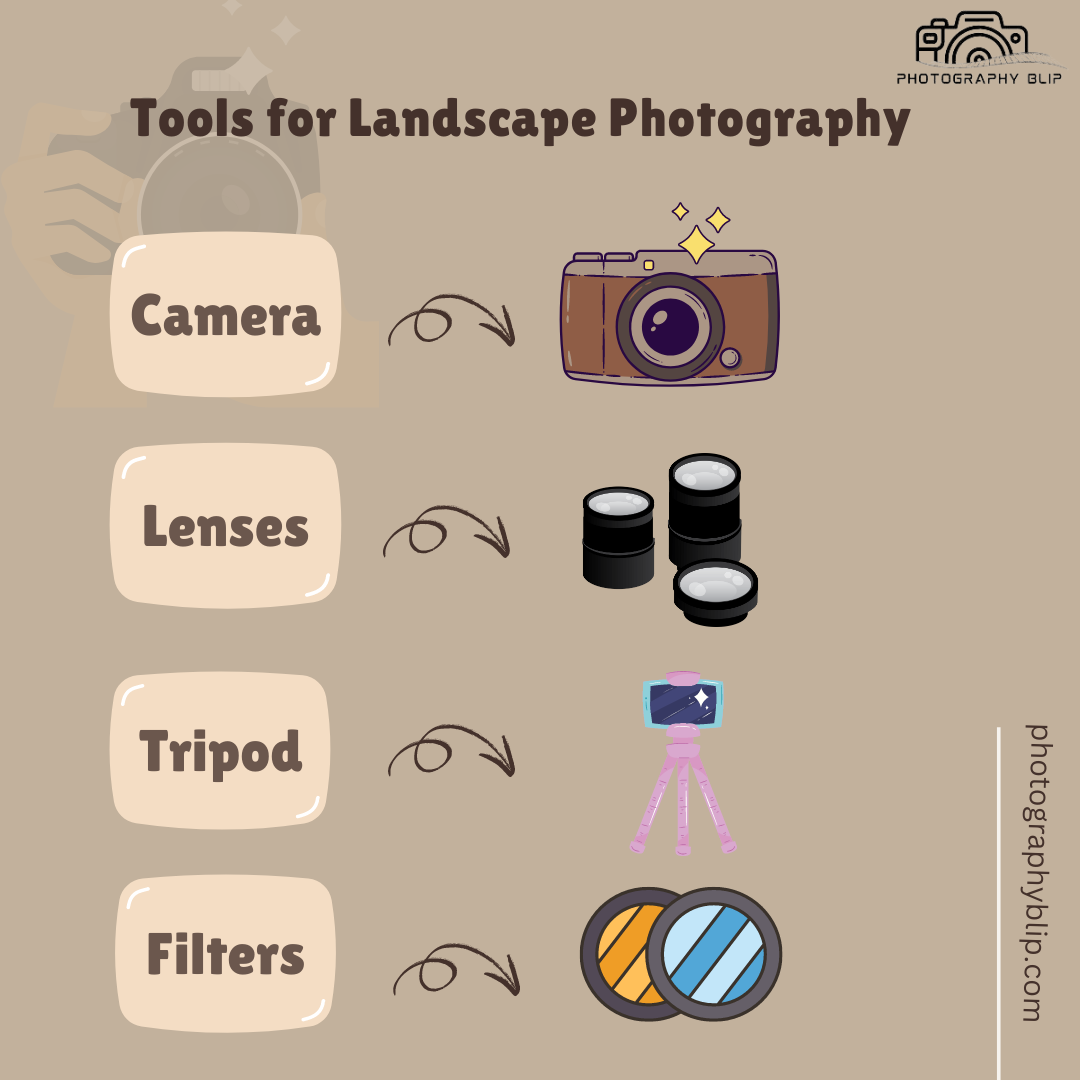
Below are the tools needed for landscape photography:
- Digital Camera: For breathtaking landscapes, start with a camera. A DSLR or mirrorless camera with manual controls is ideal for higher-quality images and flexibility, but any camera can work.
- Lenses: A wide-angle lens (10-24mm) captures broad views, while a telephoto lens (70-200mm) isolates distant subjects and compresses perspectives.
- Tripod: A sturdy tripod ensures stability, prevents camera shake, and allows for long exposures, which is crucial for sharp, low-light landscape shots.
- Filters: Use a neutral density filter for longer exposures and a polarizing filter to reduce reflections and enhance colors.
- Remote Shutter Release: Minimize camera shake and achieve sharp photos during long exposures with this handy tool.
Composition Techniques
Is the meaning of landscape photography clear? If yes, the next important thing to learn is the camera settings and important techniques for unique images and unmatched portraits.
1. Rule of Thirds: Make a 3 x 3 grid out of your frame, then arrange important components along the lines or at their intersections. As a result, compositions are balanced and visually pleasing.
2. Leading lines: Use naturally occurring lines like fences, rivers, and roads to give the picture depth and direct the viewer’s attention. This method is essential to success in landscape photography.
3. Foreground Interest: The landscape picture definition is all about grabbing the attention of the viewers. So, putting an eye-catching feature in the forefront draws the viewer into the picture and gives your photos depth and meaning.
4. Framing: The word landscape refers to natural scenery, and photography art takes in capturing the best. This is what defines landscape photography. Framing is something very important in landscape art. This is because the organic frames provide depth and help in attracting interest to the main subject, which are trees and archways.
5. Symmetry and Patterns: Harmonious and eye-catching visuals can be produced by symmetrical sceneries and recurring patterns.
Timing and Lighting for Landscape Photography
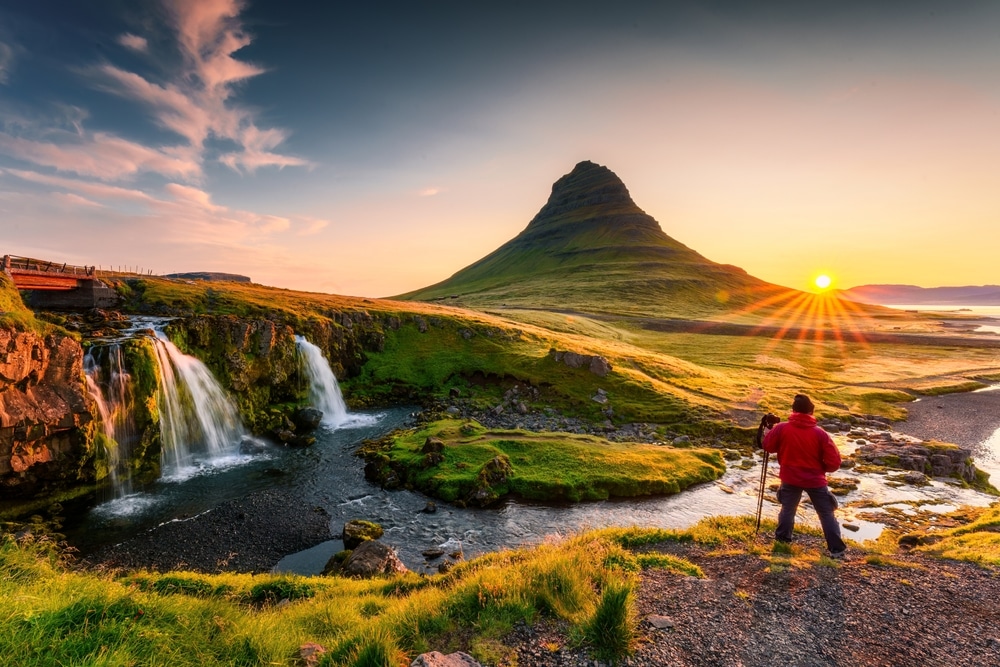
When it comes to landscape photography, lighting is crucial. The direction, quality, and intensity of light can significantly change the mood and impact of an image.
1. Golden Hour: The gentle, warm light that comes from an hour after sunrise and before sunset draws attention to textures and colors. There is a nice contrast because the shadows are longer and softer.
2. Blue Hour: The period of time immediately before sunrise and after sunset, referred to as “blue hour,” offers a cool blue color and soft, diffused light that is ideal for capturing pensive and somber photographs.
3. Midday: Although it’s usually avoided because of the strong shadows and contrast, midday light can be effective in some situations, especially if you’re shooting in shadowed places or employing artistic approaches like silhouettes.
Advanced Methods
- Long Exposures: You should know that long exposures can produce dramatic effects like streaming clouds or smooth water. This technique often requires a tripod and a neutral density filter.
- HDR Photography: To capture a wider variety of tones, from deep shadows to dazzling highlights, High Dynamic variety (HDR) photography combines multiple exposures. This is especially helpful in scenarios with a lot of contrast.
- Panoramas: By piecing together many shots to make a panorama, you can capture vast landscapes with amazing detail and a broad field of view.
- Focus Stacking: This technique is great for scenes with a lot of depth because it combines several photos taken at various focus distances to produce an image with crisp details from foreground to background.
Post Processing in Landscape Photography
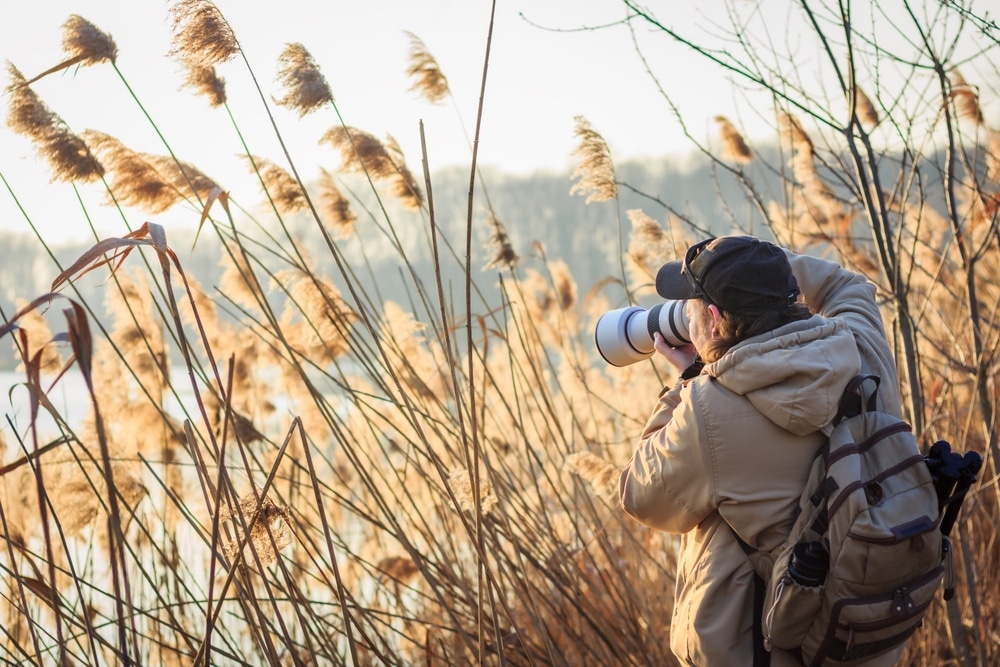
A crucial component of landscape photography is post-processing, which lets you improve and refine your shots.
1. Basic Adjustments: Start with exposure, contrast, and white balance adjustments. Adjust these variables to get a natural, well-balanced appearance.
2. Clarity and Sharpness: Change clarity and sharpness to bring out textures and details. Take care not to go overboard, as this can make you look weird.
3. Color Adjustments: To improve color, use tools like vibrance and saturation. You can emphasize certain components in the scene by selectively modifying their colors.
4. Cropping and Straightening: To enhance composition and remove distractions, crop and straighten your photos. You can also play around with landscape and portrait orientation to determine which arrangement works best for each scenario.
By opting for these tips, you can truly stick to the definition of landscape photography, be it a black-and-white portrait or any other crisp photo.
However, if you want to know about 4 pillars of landscape photography, check out this article.
Conclusion
Summing up, the article covered what is a landscape in photography and how it works. All you need to do is read our article guide, have your hands on the premium gear, and use a good camera setting with the right shutter speeds, and you are good to go. No matter what type of landscape mode you are using, if you know the techniques, you will produce images that are unmatched in terms of uniqueness and quality.
Capture the Nature’s Wonder!

